The GSMA’s spectrum team has, along with GSMA Intelligence and NERA Economic Consulting, done analysis that provides strong evidence to directly link high spectrum pricing with slow network rollouts, reduced network quality and poorer mobile coverage.
Two global reports and deep dives in Africa, Latin America, Europe, and developing countries show the negative impacts.
The ‘Impact of Spectrum Prices on Consumers’ global report confirms that poor spectrum policies lead to millions of people being left unable to access mobile broadband services or experience reduced network quality. The policies include ones that inflate spectrum or delay spectrum assignments.
The report, conducted by GSMA Intelligence, is based on the most detailed econometric study ever conducted into spectrum pricing. It considers more countries than previous studies, more consumer outcomes, and controls for a broader range of other potential explanations for these outcomes.
You can find all reports below, and also read about the latest developments on the GSMA Spectrum Blog.
The policy positions
The issue of getting spectrum pricing right has never been more vital. Additional spectrum is central to expanding and upgrading mobile broadband speeds and coverage. To help provide guidance, the GSMA has developed ten positions on the importance of fair spectrum pricing.
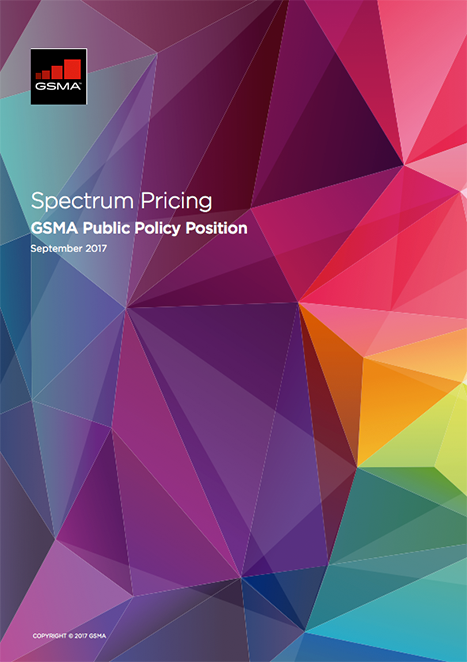
The Policy Positions
The global reports
The ‘Impact of Spectrum Prices on Consumers’ report links high prices to slow network rollouts, reduced network quality and poorer mobile coverage. And the ‘Effective Spectrum Pricing‘ report estimates that, due to the increased data prices, consumers lost out on economic benefits worth $250 billion across selected markets.
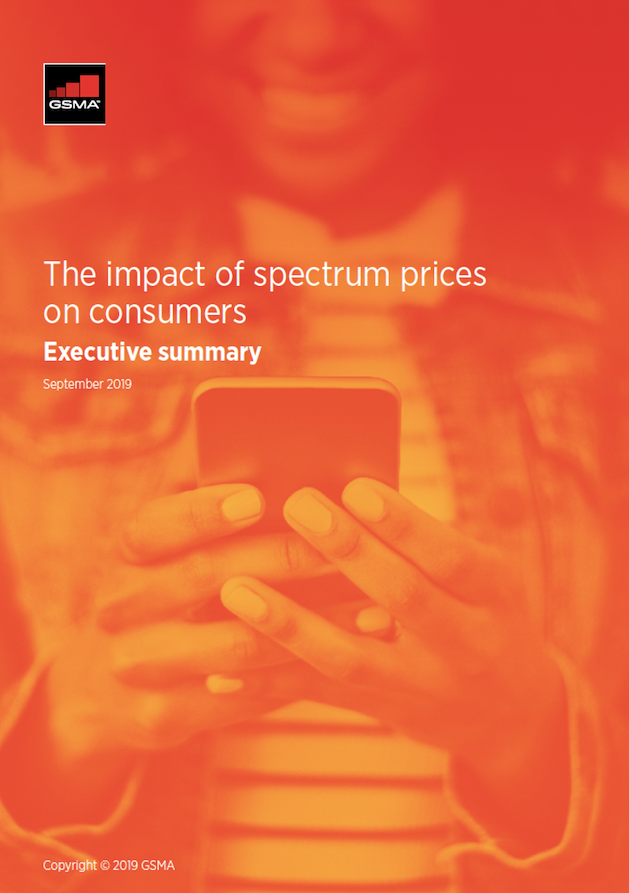
Impact of Spectrum Prices on Consumers Report & Summary
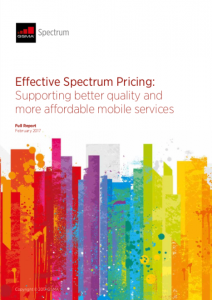
Report & Summary
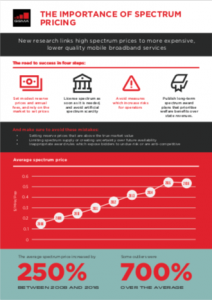
Infographic
Developing countries
The report shows that consumers in these parts of the world are especially hard hit by high prices. It too identifies a link between high spectrum prices and poorer coverage, as well as more expensive and lower quality mobile broadband services. In the end, better spectrum pricing policies are needed in developing countries to improve the lives of the billions that remain unconnected.
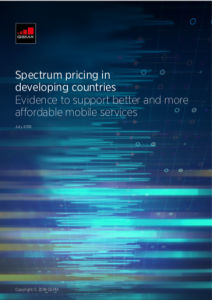
Developing Countries
Full Report
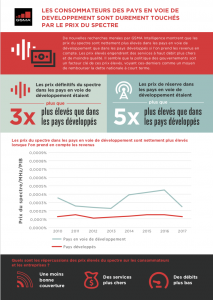
Developing Countries
Infographic
Africa
The GSMA’s latest spectrum pricing report takes a look at this important topic in Africa. Spectrum licensing and pricing, in particular, can play a crucial role in accelerating the adoption of mobile services and providing better networks and services for consumers.
The “Effective Spectrum Pricing in Africa” report is unprecedented in scope and depth, tracking spectrum assignments across nearly 50 African countries for the period 2010–2019.
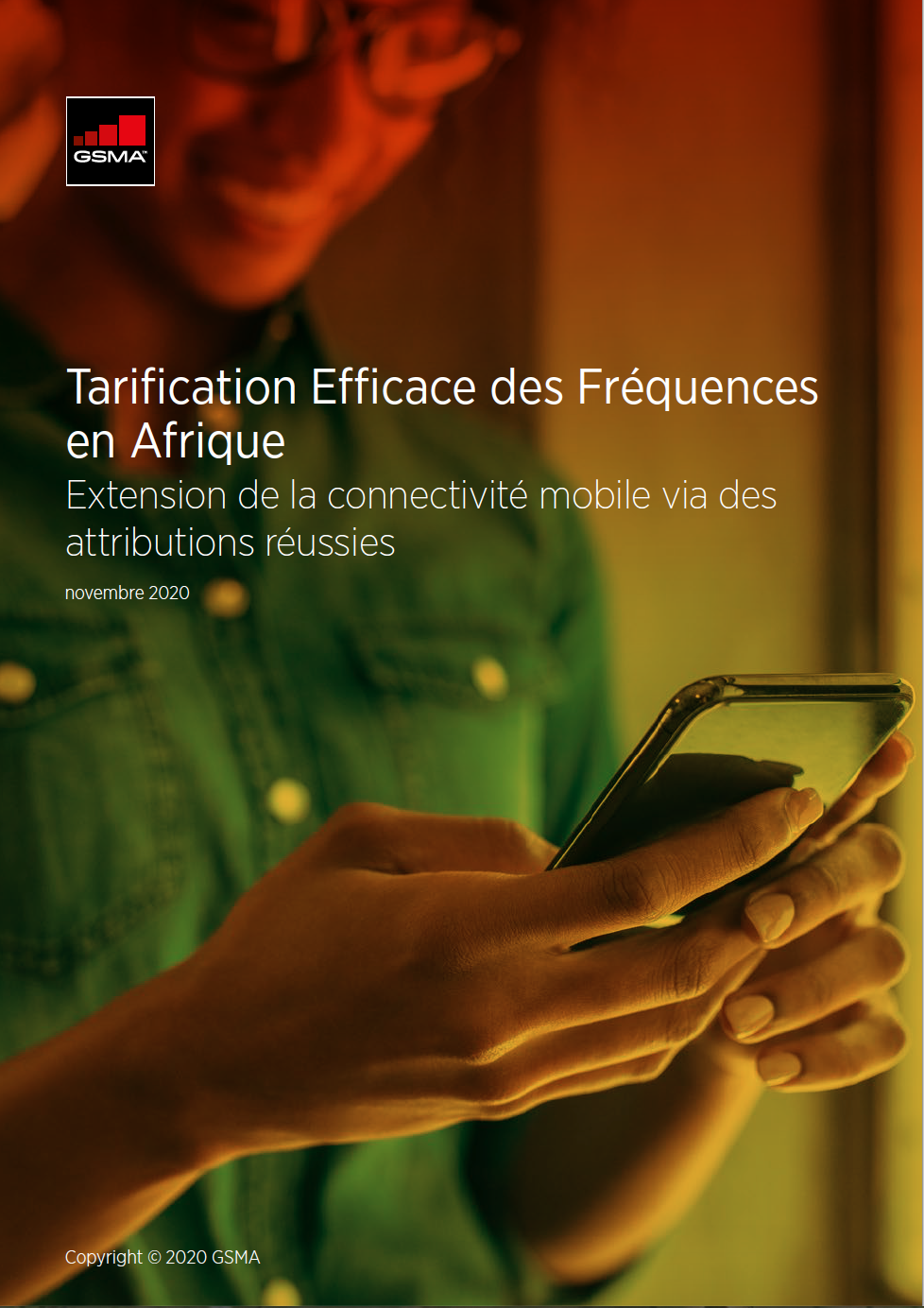
Full report
Latin America
This report takes a closer look at spectrum policies in Latin America and how they are impacting the delivery of mobile services to consumers and businesses in the region. We have also published four country specific reports that underscore how decisions made by governments and regulators can have a negative impact on the quality and cost of mobile broadband services.
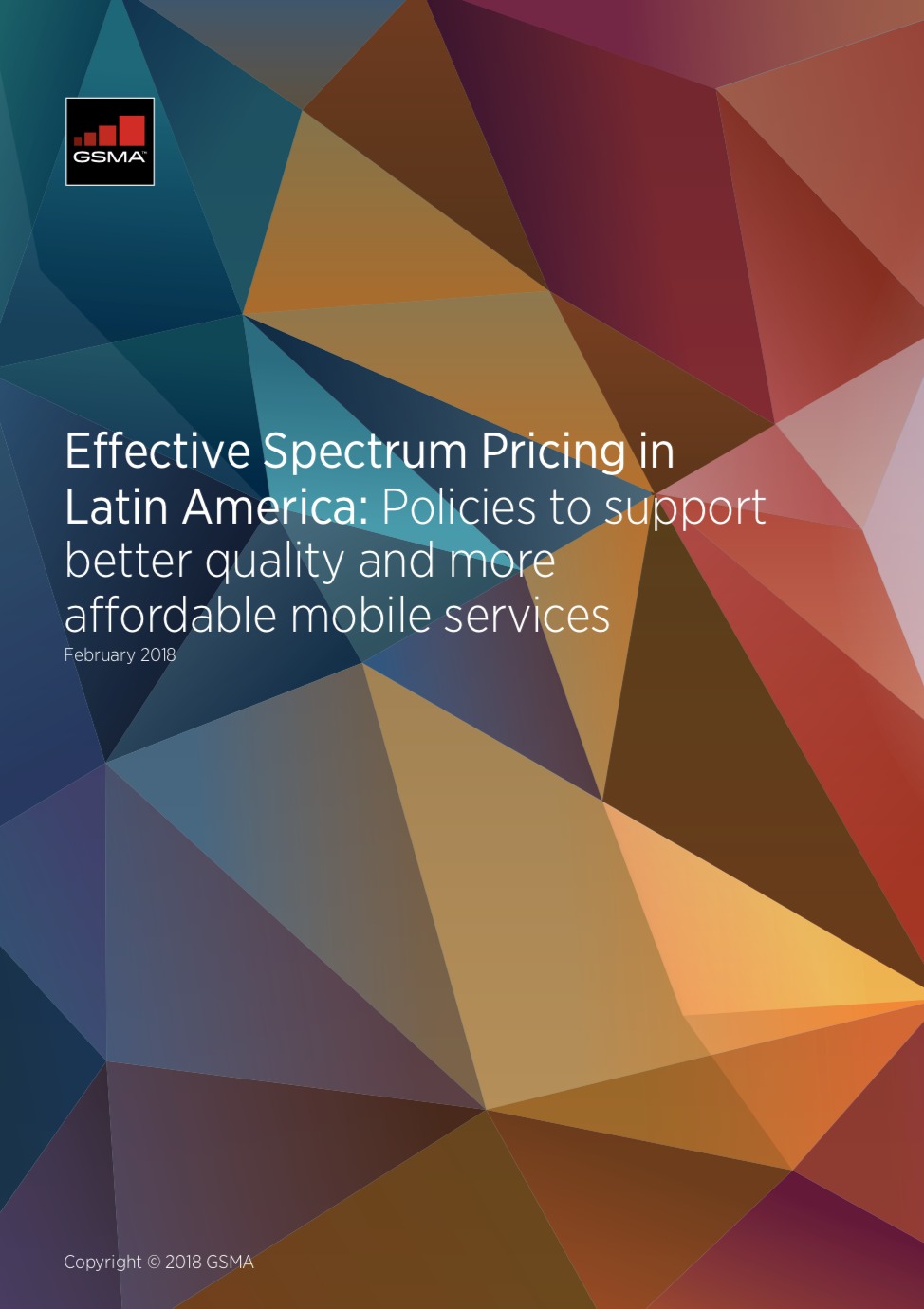
Latin America Full Report

Latin America Summary

Country Specific Reports
Europe
The European report looks at the 28 EU member states plus Switzerland and Norway in more detail. As with the global study, the observation is that average spectrum prices have trended upwards. Again, there is a link between high prices and more expensive, lower quality mobile broadband services.
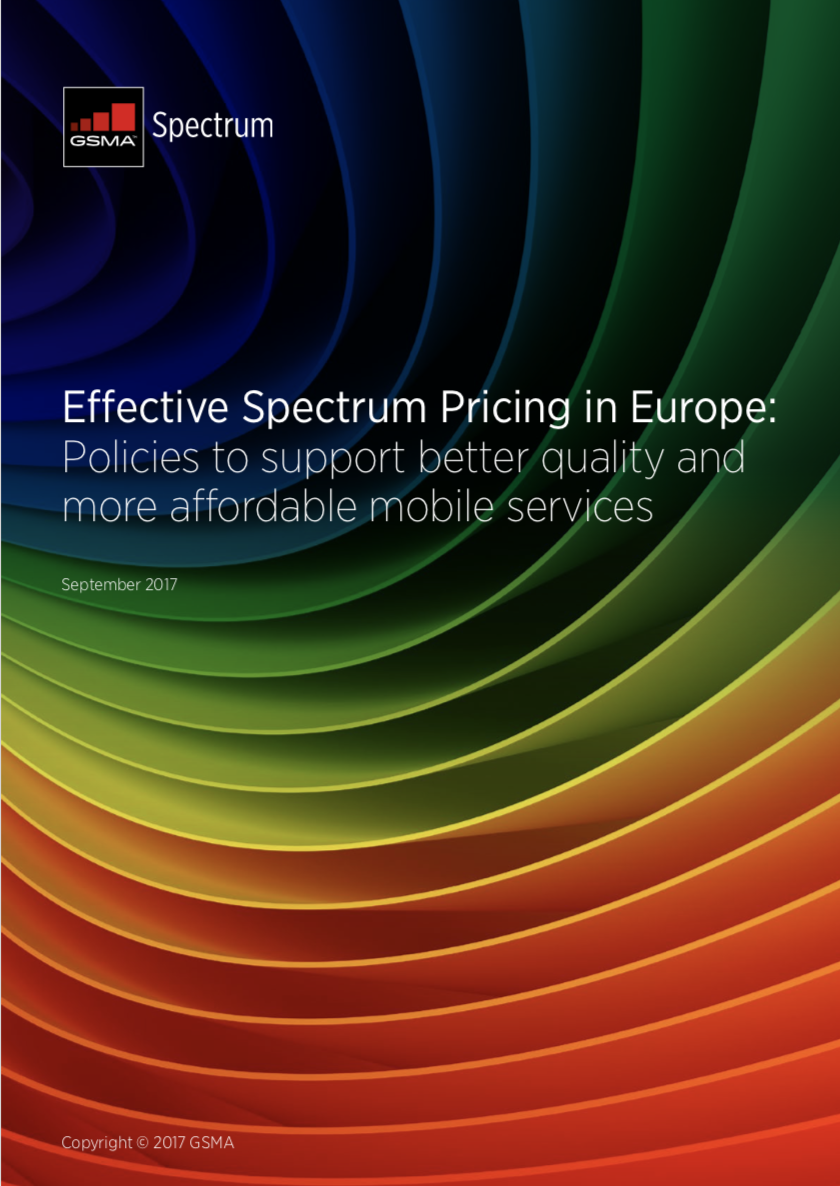
Europe Full Report
What next?
For countries that want to adopt spectrum policies that focus on setting the stage for the best possible mobile services, the first steps are to:
1. Set modest reserve prices and annual fees and rely on the market to set prices;
2. License spectrum as soon as it is needed as this helps avoid artificial spectrum scarcity;
3. Avoid measures that increase risks for operators (e.g. that put the value of their company in jeopardy); and
4. Publish long-term spectrum award plans that prioritise public welfare benefits over state revenues.
These points are further developed in the GSMA’s policy position paper on spectrum pricing. At the end of the day, the main goal of governments around the world should be to get the most out of its mobile spectrum resources. And that is not the highest possible prices.


